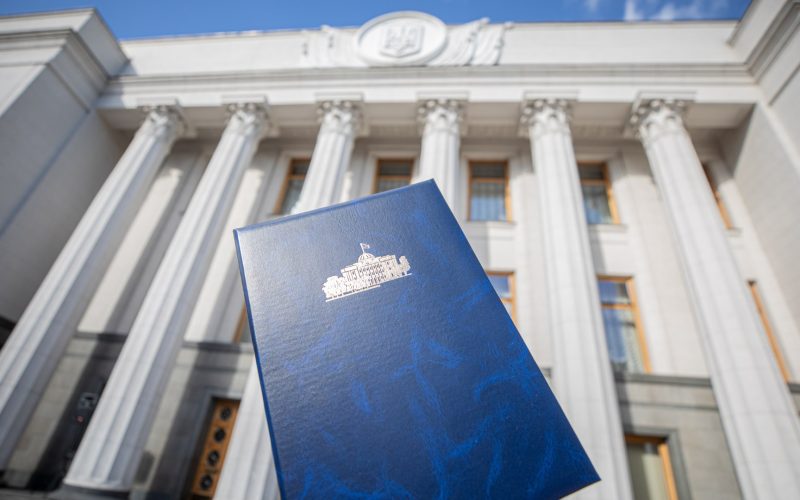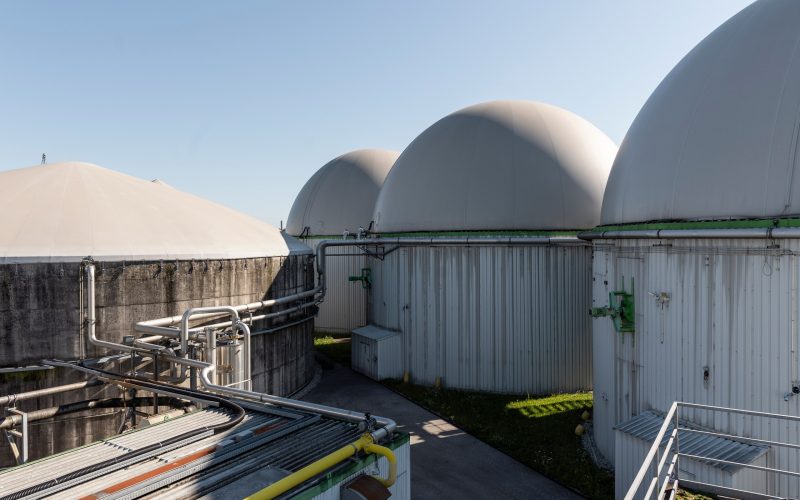UABIO in Denmark: biofuel and maritime transport study trip
On October 26, 2025, a Ukrainian delegation arrived in Denmark for a study trip that will continue until October 31 in Aalborg (North Jutland). In particular, UABIO Chairman Georgii Geletukha and Association expert Semen Drahniev are participating in the trip.

On the first day of training, October 27, a meeting was held with Kristian Pederson, a representative of Bunker One.
He spoke about the regulatory framework, EU and global issues, relevant raw materials, and types of biofuels for the maritime sector. He also talked about the balance of global supply and demand and other types of low-carbon fuels being considered for shipping.
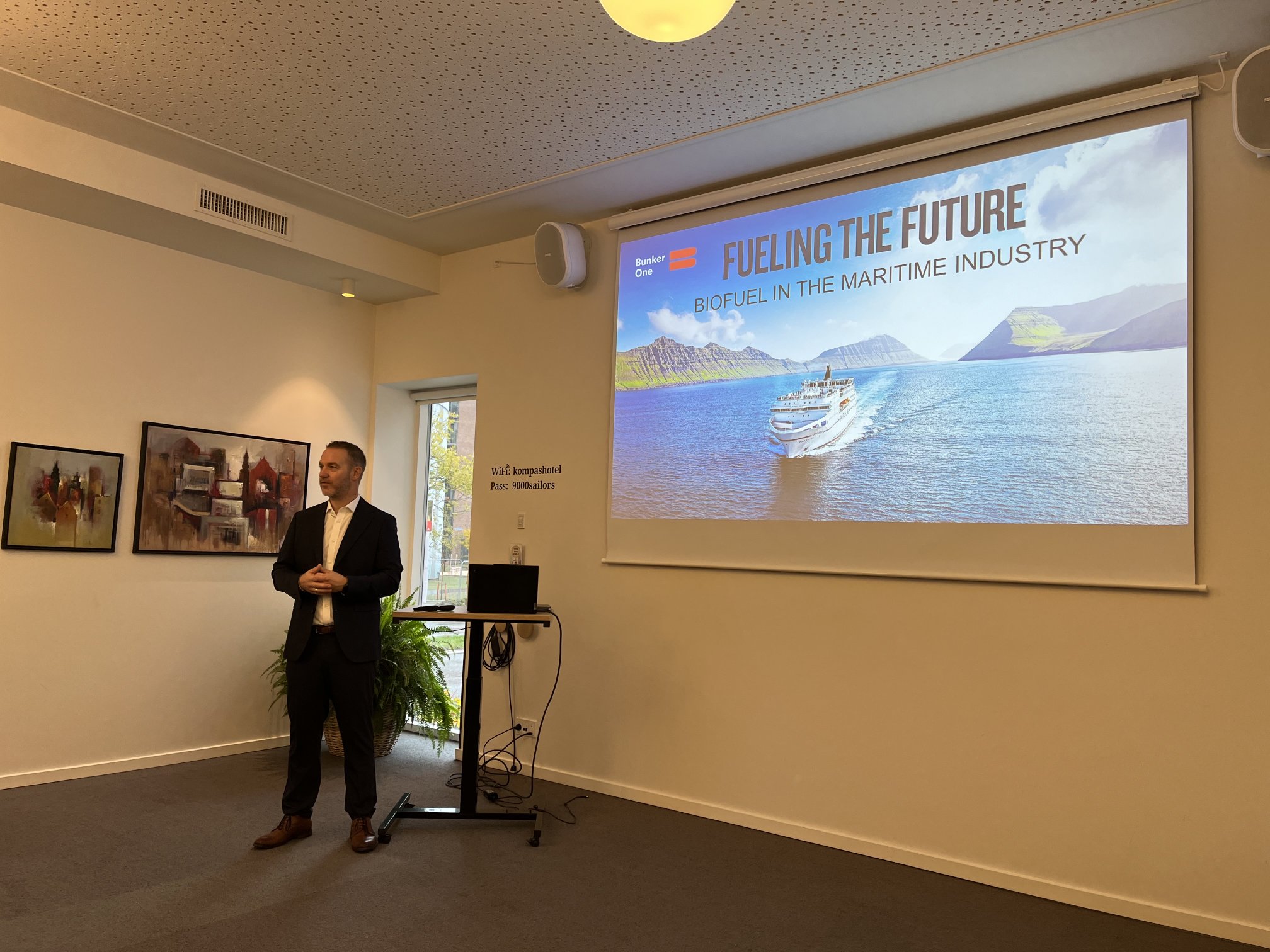
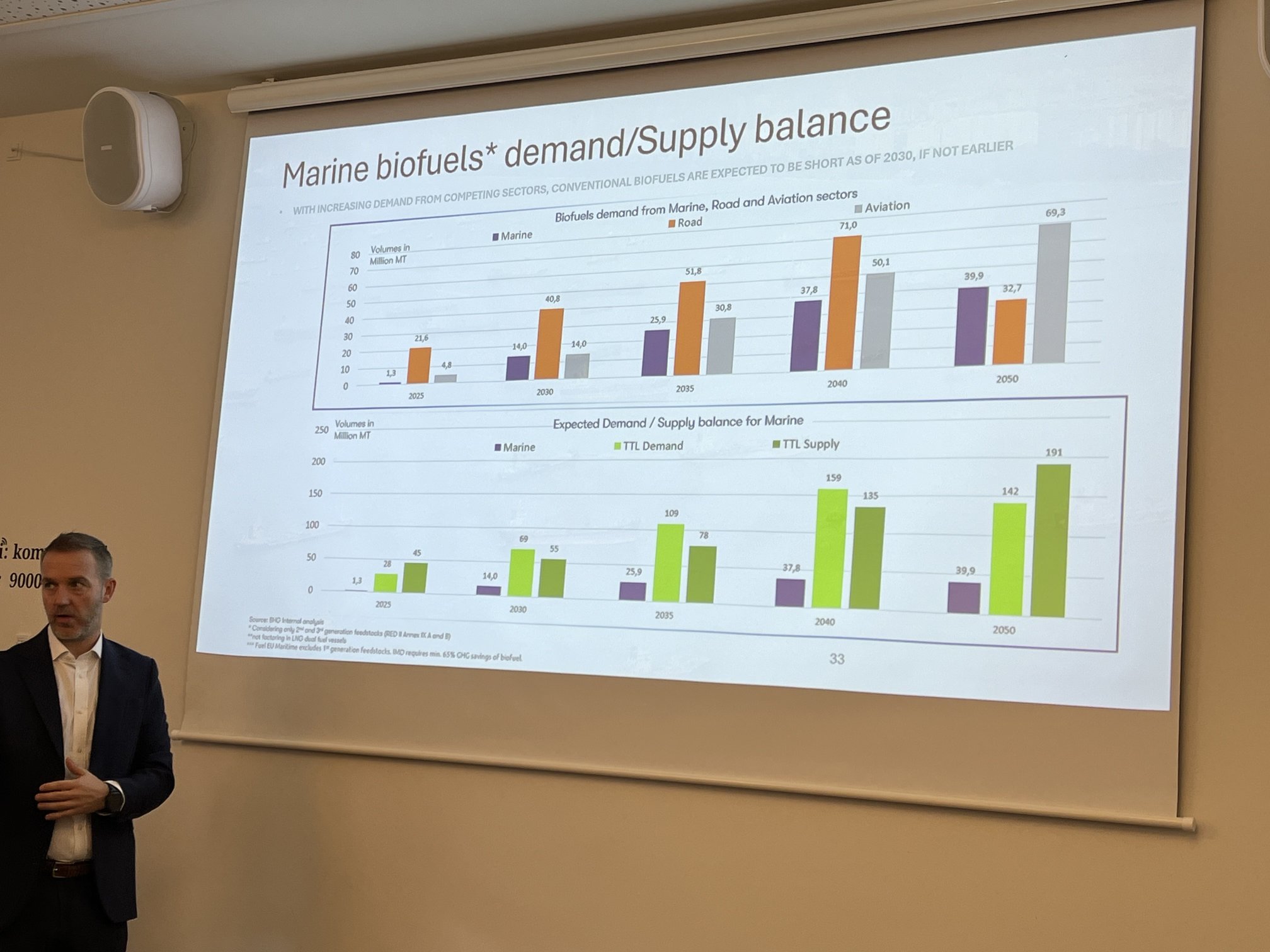
About Bunker One
The company is engaged in bunkering (refuelling) of seagoing vessels worldwide. Bunker One holds 10% of the global bunkering market and closely monitors the requirements for decarbonisation of maritime transport imposed by the EU and the International Maritime Organisation (IMO).
The company is preparing for the need to meet the growing demand for biofuels for maritime transport.
Fuels considered by the company:
FAME is a traditional biodiesel made from oil raw materials. It is currently in high demand because it allows FAME to be mixed with fuel oil in existing vessels and achieves a relatively inexpensive reduction in greenhouse gas emissions. It is usually produced from products that can be used as food and feed and therefore has limited prospects.
HVO — hydrogenated vegetable oil. Much closer in quality to fuel oil and can be used up to 100%. It can be produced from a much wider range of raw materials than FAME, but is significantly more expensive.
Other biofuels and alternative fuels require significant modifications to engines.
Bio-LNG is liquefied biomethane. That is, biomethane cooled to -162°C and converted into a liquid phase. It provides the highest greenhouse gas reductions when used and can be produced from a wide range of raw materials, including straw and corn stalks.
Notes by Georgii Geletukha
“Bio-LNG is easiest to use on ships that transport LNG and whose engines run on LNG. Such ships currently account for 4-5% of the total fleet. However, among new ships, they account for 20%. The conversion of marine engines to methanol and, possibly, ethanol is also considered promising. The disadvantage of methanol is that it is a toxic substance that requires increased safety measures”.
“Ammonia is also considered promising. Its main disadvantage is its explosive nature. Hydrogen is not considered by the company to be promising for maritime transport”.
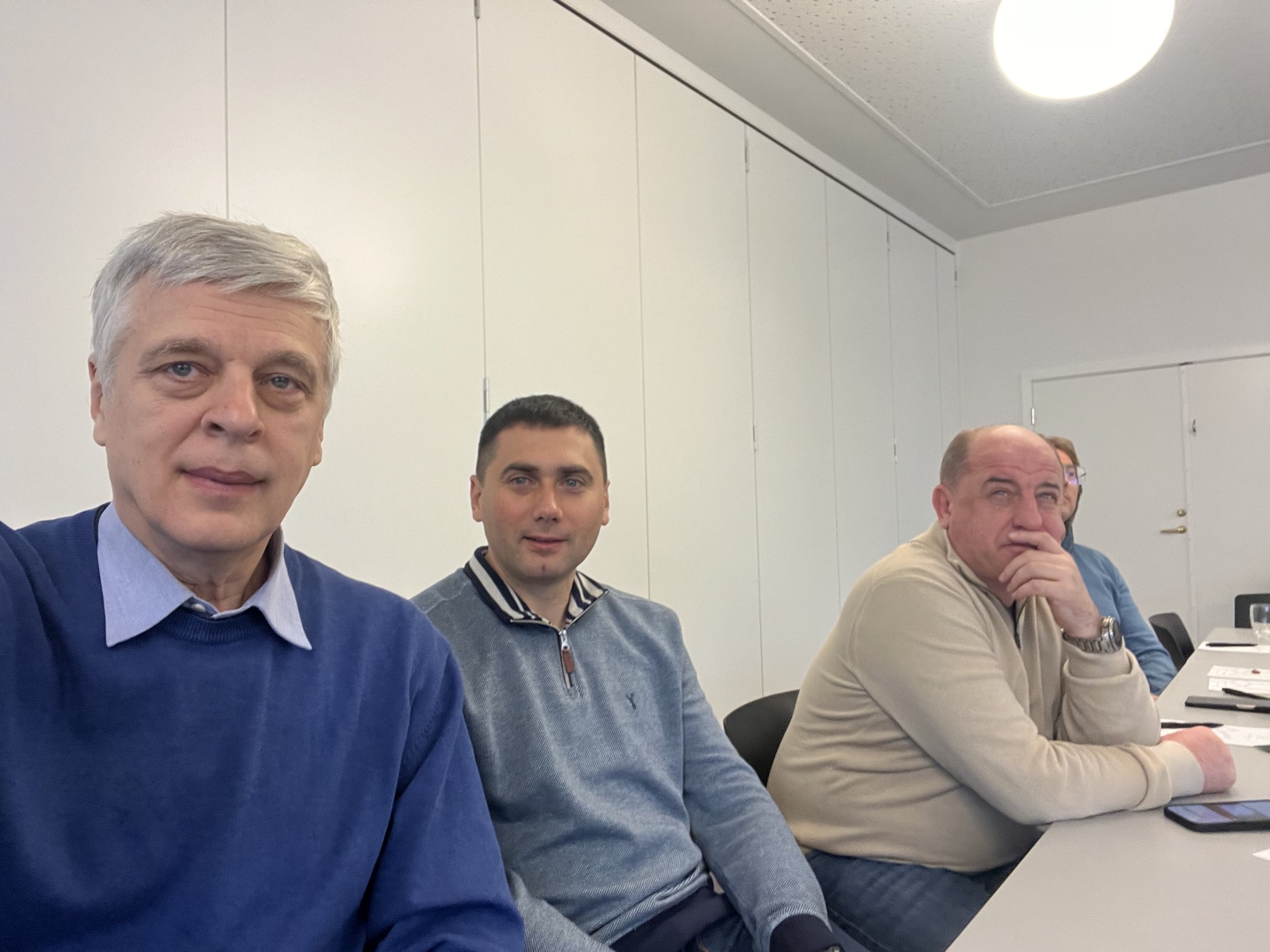
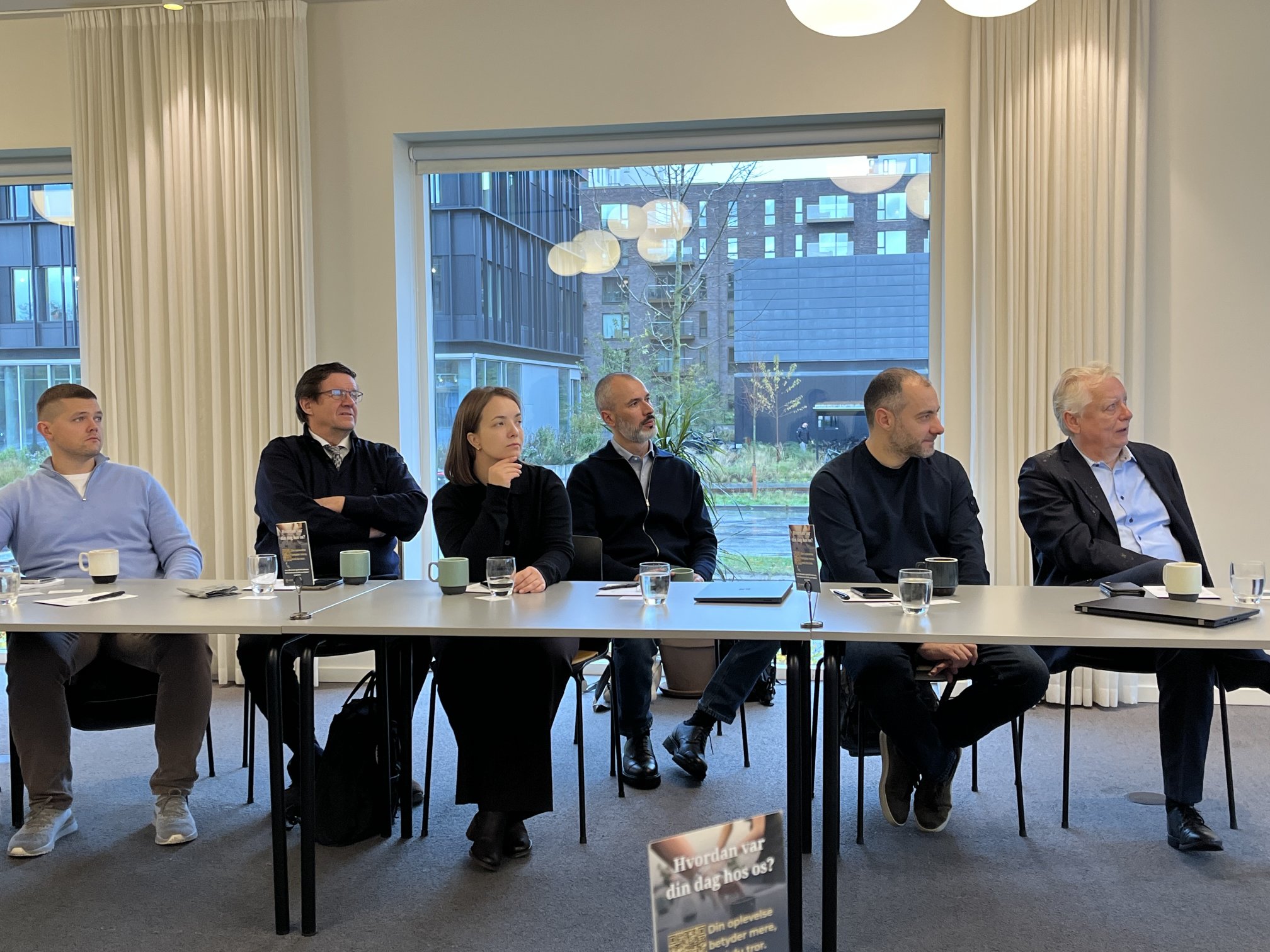
We would like to thank Bunker One for their interesting and objective overview of alternative fuels for maritime transport. In the near future, we will also share details about the delegation’s visit to one of Denmark’s biomethane plants and other aspects of the study trip.
The trip of the Ukrainian delegation was organised by the We Build Ukraine with the participation of the Port of Aalborg, Denmark, and the Embassy of Denmark in Ukraine. The trip was dedicated to exploring opportunities for cooperation between Denmark and Ukraine in the use of biofuels for maritime transport.
We would like to thank all parties involved for organising this trip and look forward to fruitful cooperation between Ukraine and Denmark in the bioenergy sector. Moreover, the delegation came across Ukrainian flags many times in Denmark. We are sincerely grateful to Denmark and its people for supporting Ukraine in these difficult times!
